A leavening agent or raising agent is how air or gas is added to baked goods, allowing the batter or dough to rise during the baking process.
This can be achieved either through physical, biological, or chemical means.
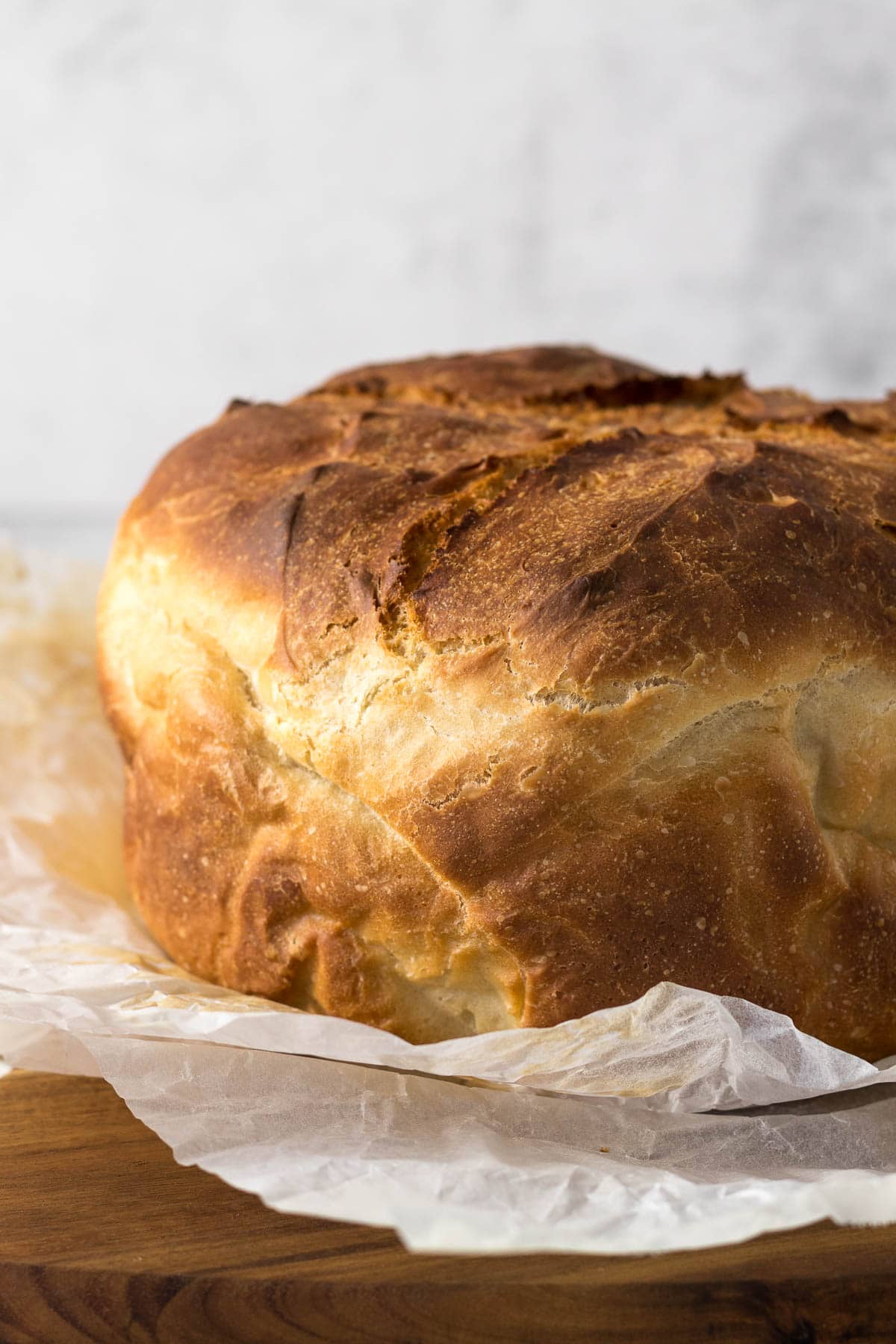
How do Leavening Agents Work?
Leavening agents are either physical, biological, or chemical. This basically means that air bubbles are created via physical, biological, or chemical means allowing baked goods to rise.
Physical Leavening
There are two types of physical leaveners, namely air, and steam.
Air can be incorporated into a batter through the creaming of sugar and butter. You will notice that when creaming butter and sugar, the mixture will eventually lighten in color and become “fluffy”. This is because the beating (or creaming) drives air into the butter with the help of the sugar crystals.
Similarly, the air is incorporated into egg whites and cream through the whipping action. This relies on air being trapped in the protein of the egg whites or cream. This is why folding egg whites into a batter needs to be done carefully to make sure as much of the air as possible is incorporated into the batter.
When water converts to steam the volume can increase 1600 times its original size. This is a common method used in leavening pastries and is very obviously seen in croissants, Danish pastries and puff pastries, rough puffs, and pie doughs. These doughs rely on the lamination or layering of hundreds of layers of dough separated by a thin layer of butter. When the butter is heated up and melts, the sheets of dough are separated, and steam is released from the butter pushing out in all directions.
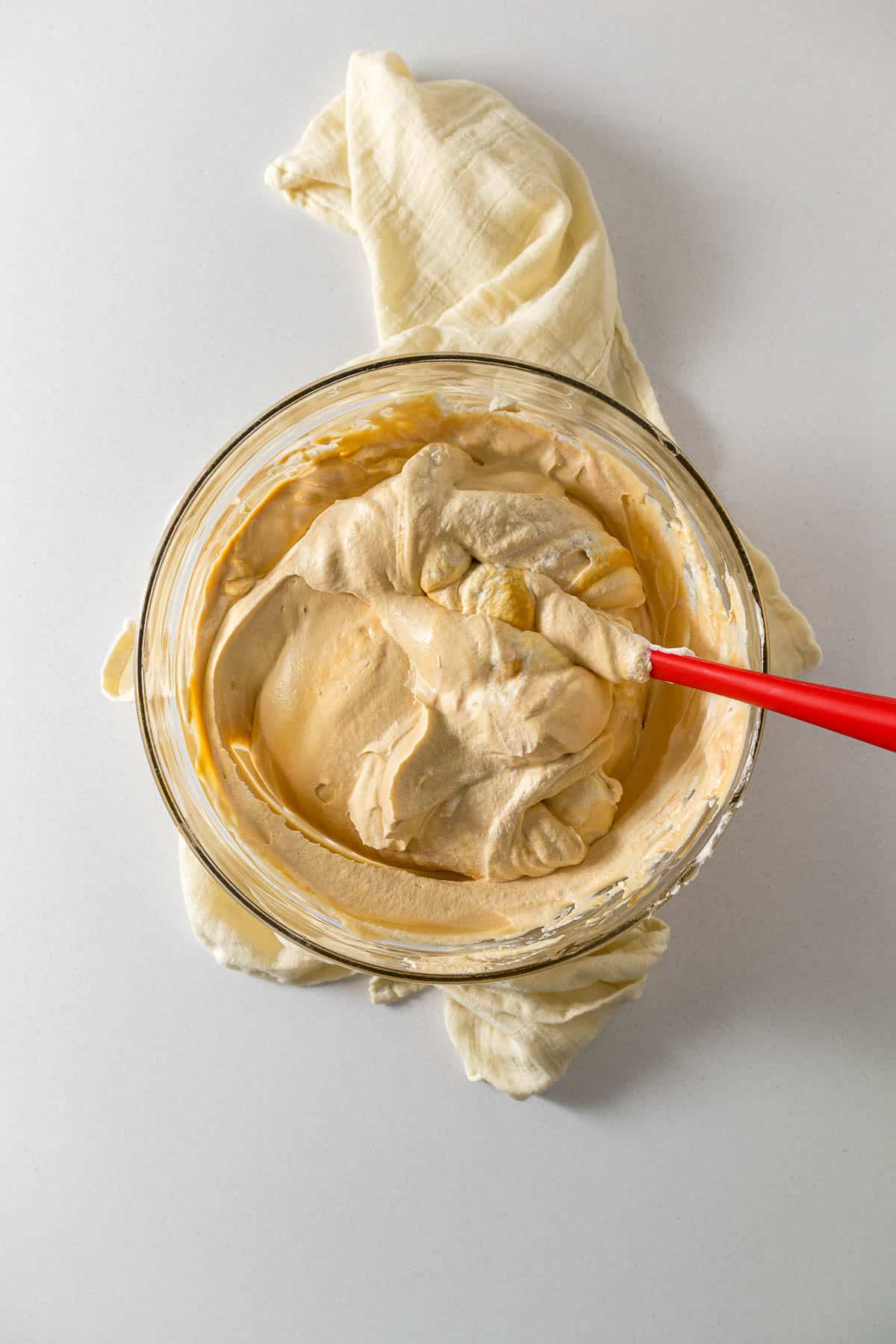
Biological Leavening
Biological leavening is achieved through the addition of yeast to a dough. Yeast, whether in the form of active yeast, instant dry yeast, fresh yeast, or sourdough starters all ferment the sugars within the dough, and release carbon dioxide as a by-product.
Because biological leavening is time-consuming, this method is typically used in bread doughs that have a relatively strong gluten matrix formed during the kneading process.
The speed at which the yeast ferments the sugars is dependent on the viability of the yeast (how many yeast cells are alive) as well as temperature. The warmer the temperature, the quicker the rise. But beware, yeast is killed off at temperatures above 60°C (140F)
Active Dry Yeast
Active dry yeast is a yeast that has been partially dehydrated and exists in granules. These granules can be sold either in packets or in jars. Before this yeast can be used the granules must be dissolved in warm water or milk before being added to the dough. This is to ensure that the yeast is still active and viable.
This type of yeast works a bit slower than instant yeast.
Instant dry yeast
Instant yeast comes in smaller granules and doesn't require rehydration before use. Meaning it can be tossed straight in with all the other ingredients. However, you can still bloom the yeast if you wish.
Fresh Yeast
Fresh yeast is also known as cake yeast or compressed yeast and is usually sold in blocks or cubes, and is usually found in the fridge. This yeast isn't dehydrated and sort of feels like a pasty clay. Fresh yeast also needs to be activated before use.
Sourdough Starter
Sourdough starter begins with a mixture of flour and water, relying on the wild yeasts and bacteria inherent in the flour, which slowly propagate and become active. The process of making a stable starter can take between 1-2 weeks of continual feeding with fresh flour and water.
Because we are relying on wild yeast and bacteria (meaning they haven't been cultivated for industrial purposes such as shop-bought yeast), they work a bit slower and require patience.
However, the flavor from the extended fermentation in sourdough leads to wonderfully complex flavors within the bread.
When I last got a sourdough starter on the go, I used a mix of rye, wholemeal, and plain bread flour. Then over the two weeks of daily feeding, I moved over to a feeding with just plain bread flour.
Substituting One Yeast for Another
- 1 cup / 300 grams of the sourdough starter can be used to substitute 2 teaspoon of active or instant yeast. Keep in mind that the recipe will need a longer rise time.
- 1 teaspoon instant yeast = 1 ¼ teaspoon active dry yeast
- 1 teaspoon of active dry yeast = ¾ teaspoon instant yeast
- 7 grams instant dry yeast = 21 grams fresh yeast
- 7 grams active dry yeast = 17 grams fresh yeast
Chemical Leavening (Baking Soda and Powder)
There are two types of chemical leaveners, baking soda (also known as bread soda or bicarbonate of soda) and baking powder.
Baking soda (sodium bicarbonate or bicarbonate of soda) is an alkaline or basic white powder that has a pH of about 8 or 9. When baking soda is combined with an acid such as lemon juice, vinegar, buttermilk, yogurt, sour cream or even sweeteners like honey and molasses, a chemical reaction takes place releasing carbon dioxide. This release of carbon dioxide causes the batter or dough to rise.
Baking powder is simply a combination of baking soda and an acid. When the baking powder is mixed into a batter, it also gives off carbon dioxide which results in the rising of the dough or batter.
Why Do Some Recipes Need Baking Soda and Baking Powder
Sometimes a recipe just needs a bit more leavening than the overall or total acid available in the recipe. So you add a bit of baking powder to increase the lift. In addition to that, baking soda is sometimes added to a recipe as it is more than a raising agent.
Baking soda can influence the browning. And in cookies, it allows the cookies to spread before the protein sets and can result in a chewier cookie.
Substituting Baking Soda for Baking Powder and Vice Versa
I would recommend sticking to what the recipe says, as sometimes a substitute can result in a metallic or bitter flavor. Or completely change the texture depending on the amount of acid in a recipe.
But if you must here are some basic guidelines:
- 1 teaspoon of baking powder = ¼ teaspoons of baking soda
- ¼ teaspoon of baking soda + 1 teaspoon of lemon juice or vinegar = 1 teaspoon baking powder
- ¼ teaspoon of baking soda + ½ teaspoon of cream of tartar = 1 teaspoon baking powder

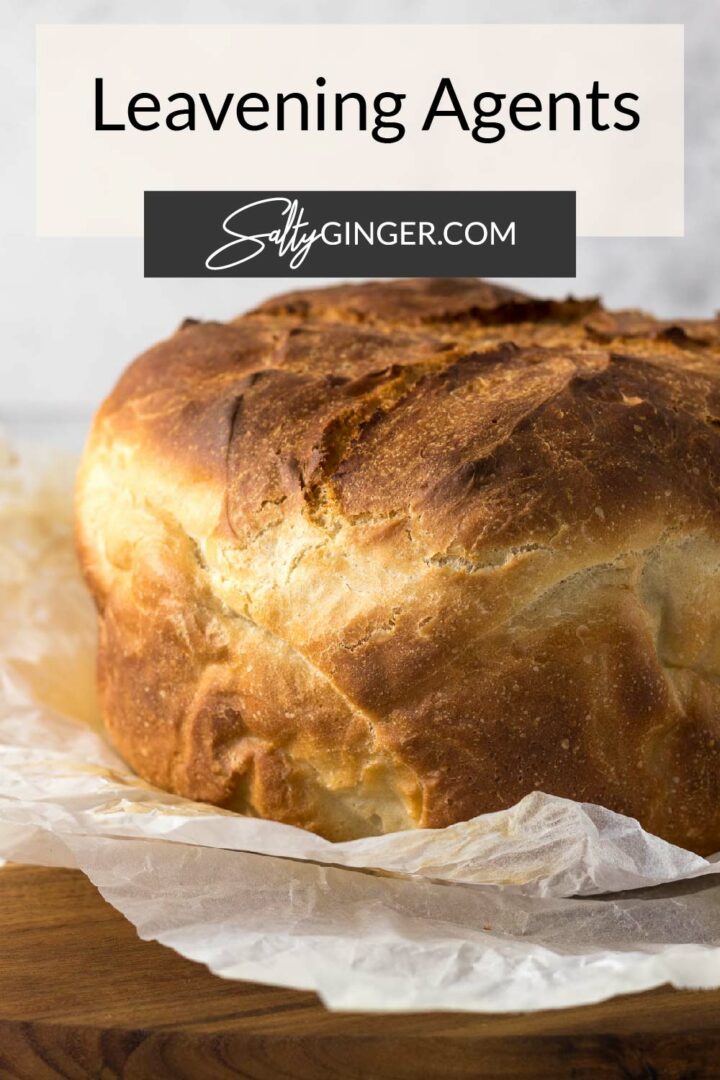
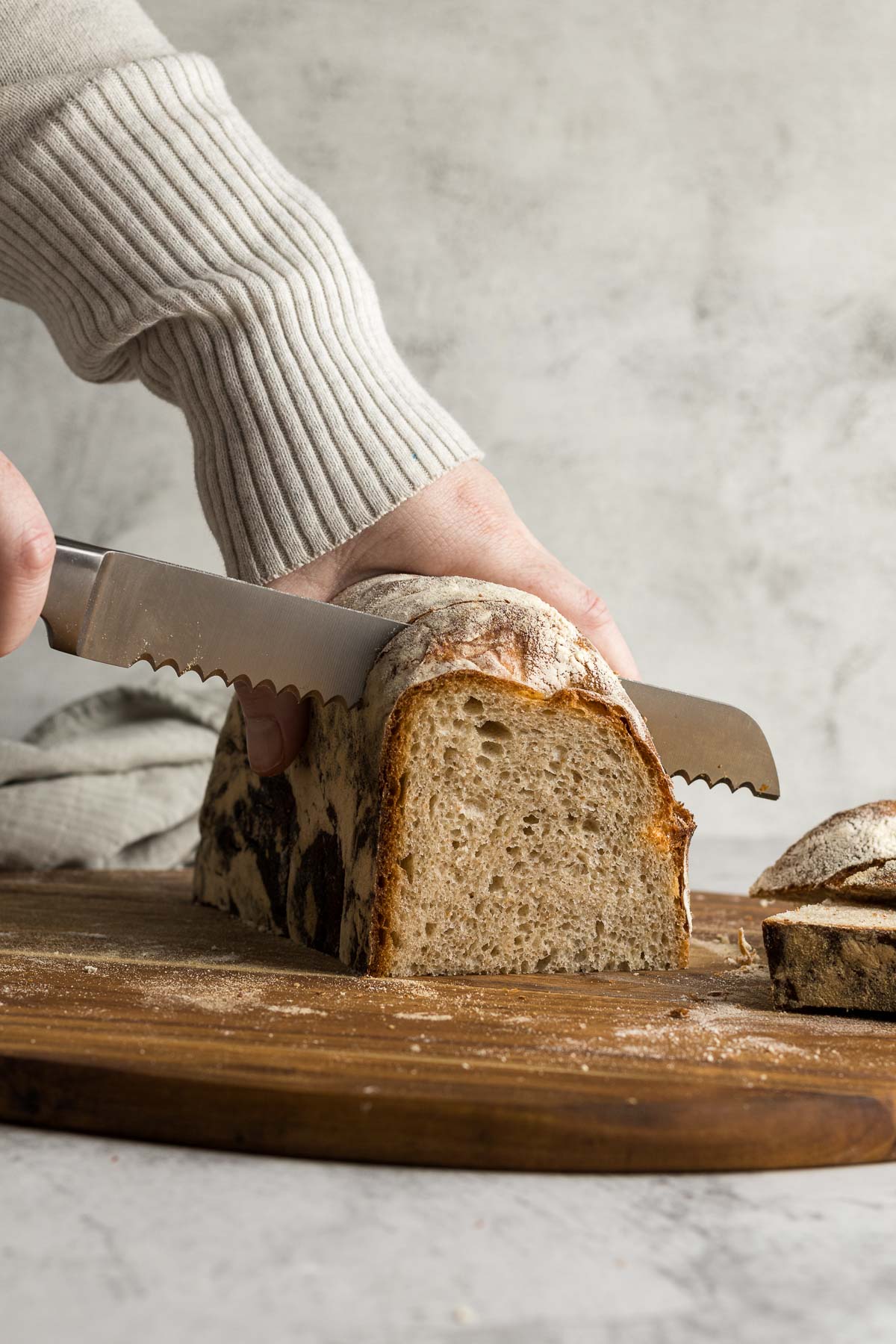
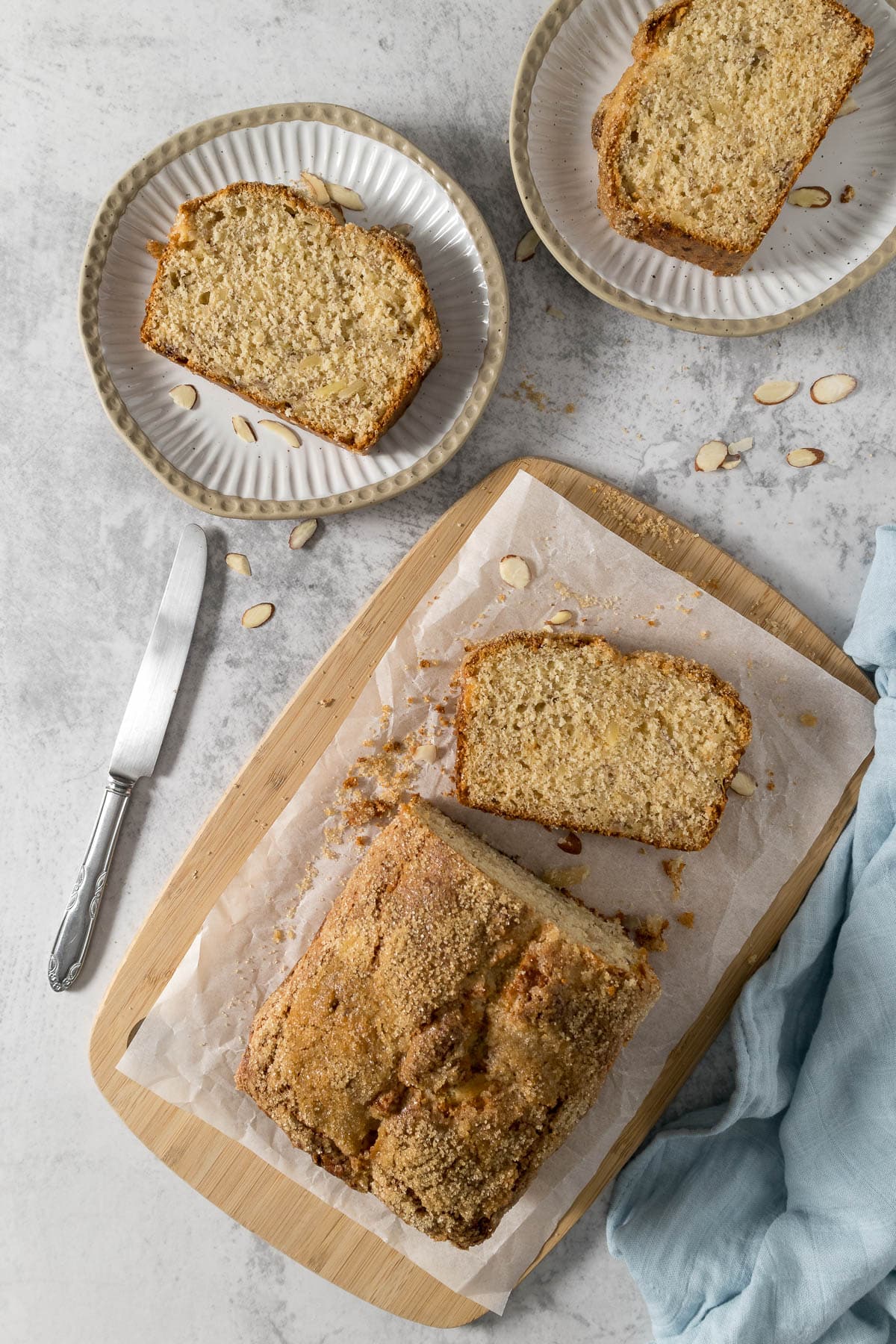
Comments
No Comments